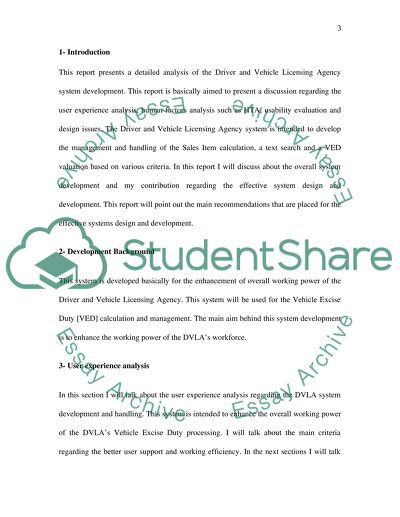Cite this document
(Driver and Vehicle Licensing Agency system Term Paper, n.d.)
Driver and Vehicle Licensing Agency system Term Paper. Retrieved from https://studentshare.org/technology/1554278-human-digital-interaction-design
Driver and Vehicle Licensing Agency system Term Paper. Retrieved from https://studentshare.org/technology/1554278-human-digital-interaction-design
(Driver and Vehicle Licensing Agency System Term Paper)
Driver and Vehicle Licensing Agency System Term Paper. https://studentshare.org/technology/1554278-human-digital-interaction-design.
Driver and Vehicle Licensing Agency System Term Paper. https://studentshare.org/technology/1554278-human-digital-interaction-design.
“Driver and Vehicle Licensing Agency System Term Paper”, n.d. https://studentshare.org/technology/1554278-human-digital-interaction-design.


